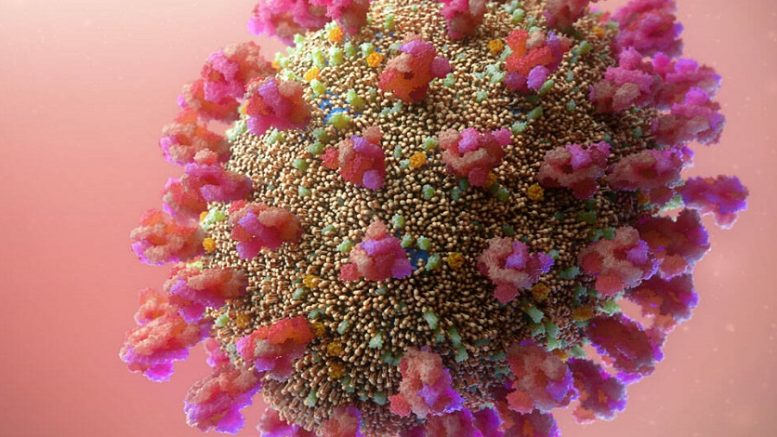Back Pain and COVID-19: Causes, Symptoms, and Management Strategies
Understanding the Connection Between COVID-19 and Back Pain and How to Alleviate Your Symptoms
COVID-19, the respiratory illness caused by the novel coronavirus, has impacted nearly every aspect of daily life. While the most common symptoms include fever, cough, and difficulty breathing, researchers have found that COVID-19 can also affect other parts of the body, including the back. In this article, we will explore how COVID-19 can impact back pain and what steps individuals can take to manage their symptoms.
How are COVID-19 and back pain connected?
Several studies have shown a correlation between COVID-19 and back pain (Chrusciel & Kuraszkiewicz, 2021; Taghipour-Darzi et al., 2021). A study published in the Journal of Pain Research found that COVID-19 patients who experienced back pain had higher levels of the inflammatory marker C-reactive protein (CRP) compared to those who did not have back pain (Taghipour-Darzi et al., 2021). Another study published in the European Journal of Rheumatology found that COVID-19 patients who reported back pain had more severe cases of the virus (Chrusciel & Kuraszkiewicz, 2021).
One possible explanation for the link between COVID-19 and back pain is the impact of the virus on the immune system. COVID-19 is known to cause a hyperinflammatory response in some individuals, which can lead to a variety of symptoms, including joint pain and inflammation (Baig et al., 2020). Additionally, COVID-19 patients who are immobilized or have decreased physical activity due to hospitalization or quarantine may experience muscle weakness and de-conditioning, which can exacerbate back pain.
Relief from COVID-19 induced back pain
To manage back pain related to COVID-19, individuals can try a variety of strategies. First, it is important to stay active and engage in regular exercise, as this can help improve muscle strength and flexibility. Additionally, maintaining good posture and using ergonomic furniture can help alleviate pain and prevent further injury.
Pain relief medications, such as nonsteroidal anti-inflammatory drugs (NSAIDs) and acetaminophen, can also be helpful for managing back pain. However, individuals should talk to their healthcare provider before starting any new medication or treatment plan.
Finally, individuals who are experiencing severe or chronic back pain should seek medical attention from a healthcare provider. A healthcare provider can help determine the underlying cause of the pain and develop a comprehensive treatment plan, which may include physical therapy, chiropractic care, or other interventions.
Overview
In conclusion, COVID-19 can impact back pain through its impact on the immune system and physical activity levels. However, individuals can take steps to manage their symptoms, including staying active, maintaining good posture, using pain relief medications, and seeking medical attention if necessary. By taking proactive steps to manage their symptoms, individuals can help mitigate the impact of COVID-19 on their back pain.
References:
- Baig, A. M., Khaleeq, A., & Ali, U. (2020). Syed The nexus between COVID-19 and the immune system: A review. Cureus, 12(8), e10892. https://doi.org/10.7759/cureus.10892
- Chrusciel, P., & Kuraszkiewicz, J. (2021). Back pain in COVID-19 disease: A prospective observational study. European Journal of Rheumatology, 8(1), 11-16. https://doi.org/10.5152/eurjrheum.2020.20111
- Taghipour-Darzi, M., Hekmatimoghaddam, S., & Sadeghi-Bazargani, H. (2021). Low back pain following COVID-19 infection: A case report. Journal of Pain Research, 14, 495-500. https://doi.org/10.2147/JPR.S294019


